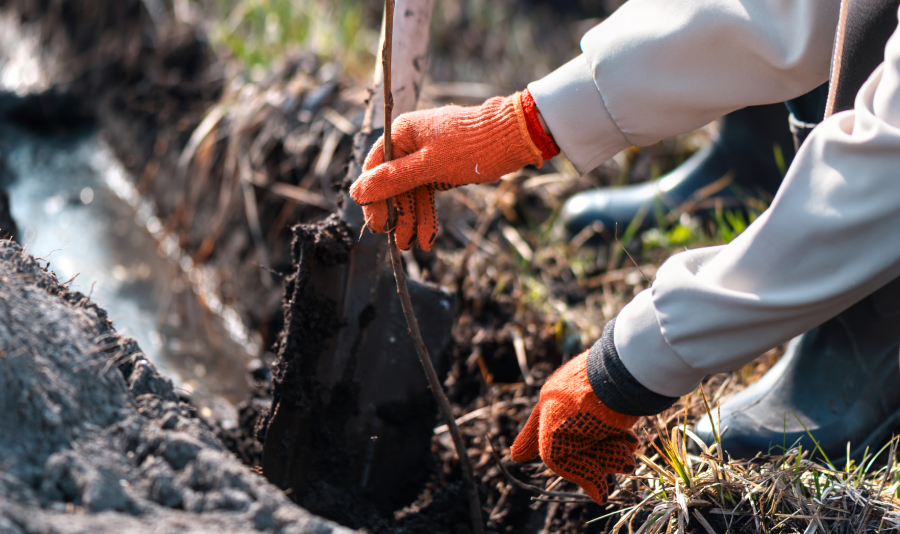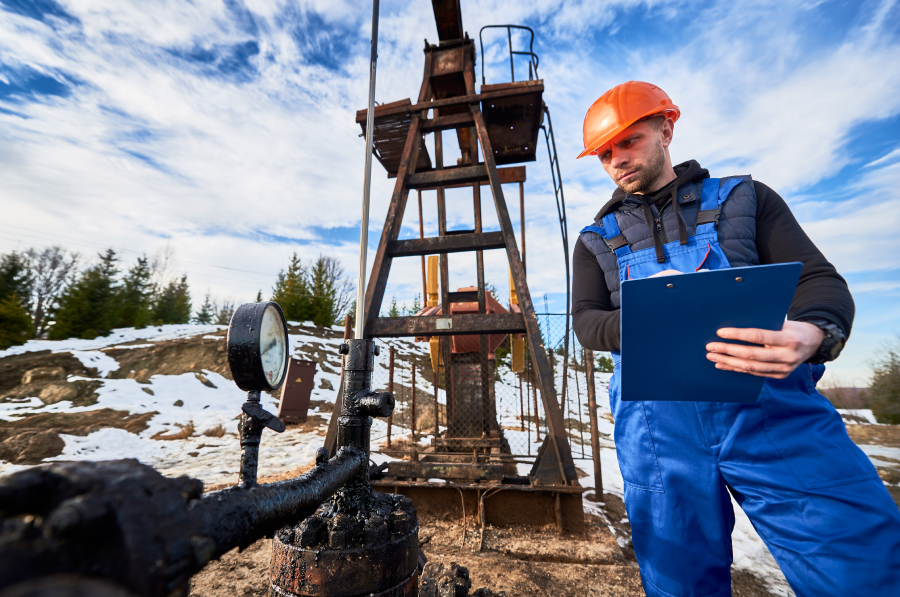omes in. As a core branch of civil engineering, it connects natural earth materials with human-made structures, ensuring safety, performance, and resilience.
In this article, we’ll answer what is geotechnical engineering, explore its fundamentals, and highlight its major types, from soil mechanics to slope stability analysis. We’ll also look at the role of geotechnical engineers in civil engineering and the advantages of this field in modern infrastructure.
What Is Geotechnical Engineering?
Geotechnical engineering is the branch of civil engineering concerned with the behavior of earth materials: soil, rock, groundwater, and how they interact with structures. It applies principles of geology, physics, and engineering to evaluate the ground and design safe foundations, slopes, retaining structures, and earthworks.
In practice, geotechnical engineers ensure that the soil or rock can support a structure without excessive settlement, sliding, or failure. They are involved in projects ranging from building foundations and tunnels to levees, embankments, and landfills. Put simply, geotechnical engineering in civil engineering is the science of making sure what we build stays upright, stable, and durable.
What Are Soil Mechanics?
At the heart of geotechnical engineering is soil mechanics, the study of soil properties and behavior under different conditions. Understanding soil is critical because it is not a uniform material—its composition and performance vary widely from one location to another.
Key aspects of soil mechanics include:
- Soil properties: moisture content, density, permeability, compressibility, and shear strength.
- Soil classification: systems such as the Unified Soil Classification System (USCS) help categorize soils as clay, silt, sand, or gravel.
- Soil behavior: how soil reacts to stress, loading, and environmental factors like groundwater or temperature changes.
These fundamentals of geotechnical engineering are the building blocks for everything else. Without accurate knowledge of soil mechanics, it would be impossible to design safe foundations or earthworks.

Site Investigation and Soil Testing
Before construction begins, engineers must evaluate the ground conditions at a project site. This process is called a site investigation and it involves both fieldwork and laboratory analysis.
Techniques in Site Investigation
- Borehole logging: drilling boreholes to collect soil samples and record conditions at various depths.
- Sampling: retrieving disturbed or undisturbed soil samples for laboratory testing.
- In-situ testing: field tests such as the Standard Penetration Test (SPT), Cone Penetration Test (CPT), and vane shear tests.
Laboratory Testing
In the lab, soils are tested for properties like grain size distribution, Atterberg limits, shear strength, and consolidation. These results guide engineers in determining soil capacity, settlement potential, and suitability for construction.
Through site investigation, geotechnical engineers reduce uncertainty and ensure designs are tailored to actual ground conditions—minimizing risks and unexpected costs.
How Does Geotechnical Engineering Support Foundation Design?
Foundations are the critical link between a structure and the ground. Foundation engineering, a core area of geotechnical engineering, focuses on designing systems that safely transfer loads from buildings and infrastructure to the soil or rock below.
Types of Foundations
- Shallow foundations: such as spread footings, mat foundations, or rafts, used for lighter structures on strong surface soils.
- Deep foundations: including piles and drilled shafts, which extend deep into the ground to bypass weak soils and transfer loads to stronger strata.
Role of Geotechnical Engineers
Geotechnical engineers analyze soil-structure interaction, predict settlement, and ensure foundations resist shear failure or instability. Their expertise allows skyscrapers to soar on soft ground, bridges to span rivers, and offshore platforms to remain stable in harsh marine environments.
What Is Slope Stability in Geotechnical Engineering?
Slopes, whether natural hillsides or man-made embankments can fail catastrophically without proper engineering. Slope stability analysis is a major responsibility of geotechnical engineers, especially in regions prone to landslides or heavy rainfall.
They use analytical methods and computer modeling to assess potential slip surfaces, factor of safety, and drainage conditions. Mitigation measures include:
- Reinforcing slopes with retaining walls or soil nails.
- Installing drainage systems to reduce pore-water pressure.
- Designing stable embankments with controlled geometry.
This work safeguards roads, railways, dams, and communities located near slopes.
What Are Earth Retaining Structures in Geotechnical Engineering?
Another important type in geotechnical engineering is the design of earth retaining structures. These systems hold back soil or rock to create usable space, protect infrastructure, or stabilize slopes.
Common retaining structures include:
- Gravity walls: relying on their own mass to resist soil pressure.
- Cantilever walls: reinforced concrete walls anchored by footings.
- Sheet piles: thin, interlocking steel sheets driven into the ground for temporary or permanent support.
- Mechanically stabilized earth (MSE) walls: reinforced with geosynthetics or metal strips for long-term stability.
Geotechnical engineers evaluate lateral earth pressures, water pressures, and construction methods to ensure these structures remain effective under varying loads and conditions.

The Role of Geotechnical Engineers in Hazards and Risk Assessment
The ground itself can be a source of hazard. Geotechnical engineers assess and mitigate risks related to:
- Landslides and slope failures.
- Soil liquefaction during earthquakes.
- Expansive or collapsible soils that change volume with moisture.
- Erosion and scour around foundations and riverbanks.
By anticipating these hazards, engineers design preventive measures such as ground improvement, soil stabilization, or protective barriers. Risk assessment is one of the advantages of geotechnical engineering, reducing the likelihood of failures that could endanger lives or cause financial loss.
Conclusion
So, what is geotechnical engineering? It is the branch of civil engineering dedicated to understanding and managing the interaction between earth materials and structures. By studying soil mechanics, conducting site investigations, and applying principles to foundation design, slope stability, and retaining structures, geotechnical engineers play a vital role in every construction project.
The role of geotechnical engineers in civil engineering is both foundational and protective. They ensure that buildings stand firm, roads remain safe, and communities are shielded from geotechnical hazards. Beyond safety, they bring efficiency and sustainability, making better use of materials, reducing risks, and extending the life of infrastructure.
